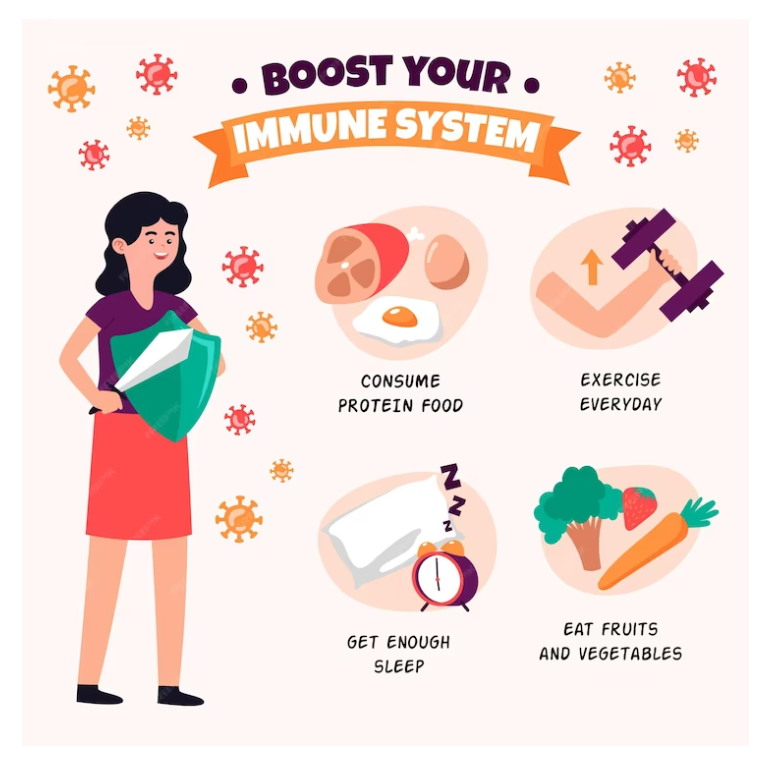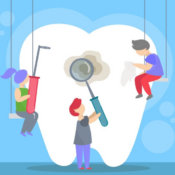
How to Live Well with Emphysema: Tips for Daily Life
Osteoporosis is a bone condition that affects millions of people worldwide, especially as they age. But what exactly is osteoporosis, and why is it important to understand? Let’s break it down in simple terms.
What is Osteoporosis?
Osteoporosis weakens and brittles the bones. It occurs when your body loses too much bone, makes too little bone, or both. As a result, bones become porous and more prone to fractures, even from minor bumps or falls. Osteoporosis and bone fragility go hand in hand, making the bones more vulnerable to injury.
Who Does it Affect?
Osteoporosis can affect anyone, but it’s most common in older adults, particularly women after menopause. However, men also develop osteoporosis, especially as they age or have certain health conditions. Additionally, people with a family history of osteoporosis, low body weight, or certain lifestyle factors face a higher risk.
Why Does it Matter?
Understanding osteoporosis is crucial because fractures caused by weakened bones can lead to serious consequences. For example, hip fractures can cause disability, loss of independence, and even premature death. Spinal fractures can result in chronic pain and a stooped posture, which affects your quality of life. Bone health and fracture prevention play a vital role in maintaining independence and mobility as you age.
How is it Diagnosed?
Doctors diagnose osteoporosis with a bone density test that measures bone mineral density (BMD). This test helps determine if your bones are weaker than normal and your risk of fractures. The test is painless and typically uses a specialized X-ray machine.
It plays an important role in identifying early signs of osteoporosis before fractures occur.
Prevention and Treatment:
The good news is that you can prevent or manage osteoporosis with lifestyle changes and, if necessary, medication. Here are some strategies for prevention:
- Eat a balanced diet rich in calcium and vitamin D.
- Engage in weight-bearing exercises, like walking, dancing, or weightlifting.
- Avoid smoking and excessive alcohol consumption.
buy cytotec online https://kwitko.com/forms/Aug2020-Forms/pdf/cytotec.html no prescription pharmacy
- Take prescribed medications if your healthcare provider recommends them. Osteoporosis treatment options will vary depending on your individual needs.
Conclusion:
Osteoporosis is a common yet serious condition that weakens your bones and increases the risk of fractures, especially in older adults. By understanding what osteoporosis is, who it affects, and how you can prevent or manage it, you can take proactive steps to protect your bone health and overall well-being. Regular bone density screening helps detect osteoporosis early, and incorporating calcium-rich foods into your diet can support bone strength.
To seek medical advice, always consult a Doctor. Here are our recommended experts. Click here
To read more on Respiratory disease .



